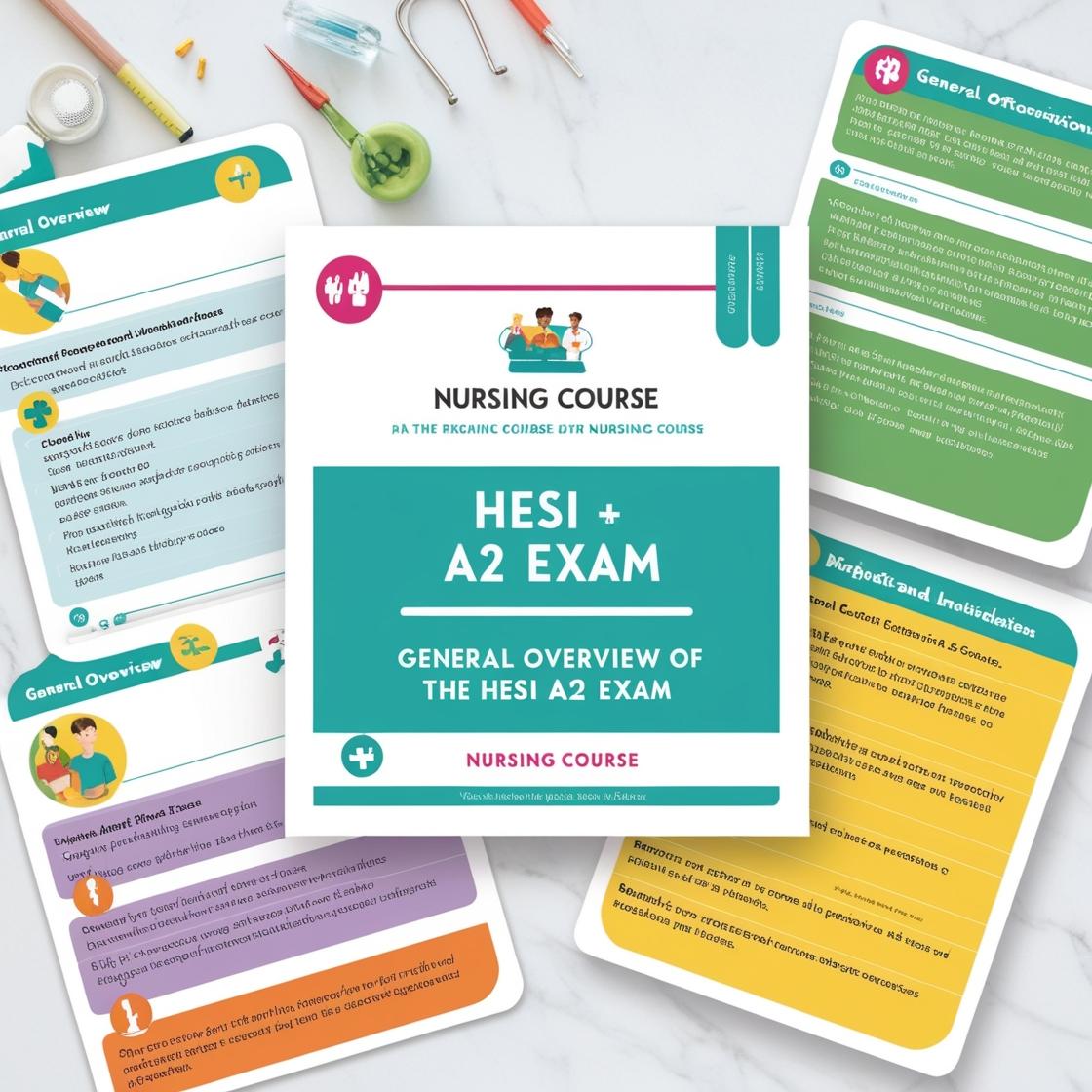HESI A2
HESI A2 Chemistry Practice Test
1. What is a balanced equation?
- A. A description where reactants and products are not equal
- B. An equation where the number of each type of atom is the same on both sides
- C. A chemical formula showing only reactants
- D. An equation without coefficients
Correct answer: B
Rationale: A balanced equation is one where the number of each type of atom is the same on both sides, fulfilling the law of conservation of mass. This principle ensures that the total number of atoms of each element is equal in both reactants and products, signifying that no atoms are created or destroyed, but rather rearranged. Choice A is incorrect because a balanced equation has equal numbers of atoms in the reactants and products. Choice C is incorrect as a balanced equation includes both reactants and products. Choice D is incorrect because coefficients are essential in balancing equations by adjusting the number of atoms present.
2. What are the s block and p block elements collectively known as?
- A. Transition elements
- B. Active elements
- C. Representative elements
- D. Inactive elements
Correct answer: C
Rationale: The s block and p block elements are collectively known as representative elements. These elements are part of the main group elements in the periodic table, excluding the transition elements. The s block elements are located in groups 1 and 2, while the p block elements are found in groups 13 to 18. These elements display a diverse range of chemical behaviors and properties, representing the variety of elements in the periodic table. Choice A, Transition elements, is incorrect because transition elements are the elements in groups 3 to 12, which are located between the s block and the p block elements. Choice B, Active elements, is not a specific term used to refer to the s and p block elements collectively. Choice D, Inactive elements, is incorrect as the s and p block elements are known for their reactivity and participation in a wide range of chemical reactions.
3. The volume of a gas is directly proportional to its absolute temperature at constant pressure. This is a statement of:
- A. Combined Gas Law
- B. Boyle's Law
- C. Charles' Law
- D. The Ideal Gas Law
Correct answer: C
Rationale: Charles' Law states that the volume of a gas is directly proportional to its absolute temperature at constant pressure. This means that as the temperature of a gas increases, its volume also increases proportionally, and vice versa. This relationship between temperature and volume is a key feature of Charles' Law. The Combined Gas Law involves the relationships between pressure, volume, and temperature of a gas. Boyle's Law describes the inverse relationship between the pressure and volume of a gas at constant temperature. The Ideal Gas Law combines Boyle's Law, Charles' Law, and Avogadro's Law into a single expression. Therefore, the correct answer is Charles' Law, as it specifically describes the direct relationship between the temperature and volume of a gas.
4. What are mixtures of 2 or more metals called?
- A. Solutions
- B. Alloys
- C. Compounds
- D. Suspensions
Correct answer: B
Rationale: Alloys are mixtures of two or more metals, combining their properties to create materials with enhanced characteristics. Examples of alloys include bronze (copper and tin) and steel (iron and carbon). Alloys are commonly used in various industries due to their improved strength, durability, and other desirable qualities. Solutions (Choice A) refer to a homogeneous mixture of two or more substances, where one substance is dissolved in another. Compounds (Choice C) are substances composed of two or more elements chemically combined in fixed proportions. Suspensions (Choice D) are heterogeneous mixtures where particles are dispersed but can settle out over time.
5. Bonds involve electrons that are not equally shared, and may be deemed as an intermediate between the extremes represented by and bonds.
- A. Ionic bonds
- B. Covalent bonds
- C. Chemical bonds
- D. Polar bonds
Correct answer: C
Rationale: Chemical bonds involve electrons that are not equally shared, and may be deemed as an intermediate between the extremes represented by covalent and ionic bonds. This is the most accurate statement among the choices as it correctly describes the nature of chemical bonds, highlighting their intermediate position between covalent bonds (where electrons are shared) and ionic bonds (where electrons are transferred). 'Ionic bonds' (choice A) are not the correct answer because they represent a type of chemical bond where electrons are transferred, not shared. 'Covalent bonds' (choice B) are not the correct answer either because they represent a type of chemical bond where electrons are shared equally. 'Polar bonds' (choice D) are not the correct answer as they involve an unequal sharing of electrons but do not represent the intermediate position between covalent and ionic bonds as chemical bonds do. Therefore, the correct answer is 'Chemical bonds.'
Similar Questions

Access More Features
HESI A2 Basic
$89/ 30 days
- 3,000 Questions with answers
- 30 days access @ $89
HESI A2 Premium
$129.99/ 90 days
- Actual HESI A 2 Questions
- 3,000 questions with answers
- 90 days access @ $129.99
